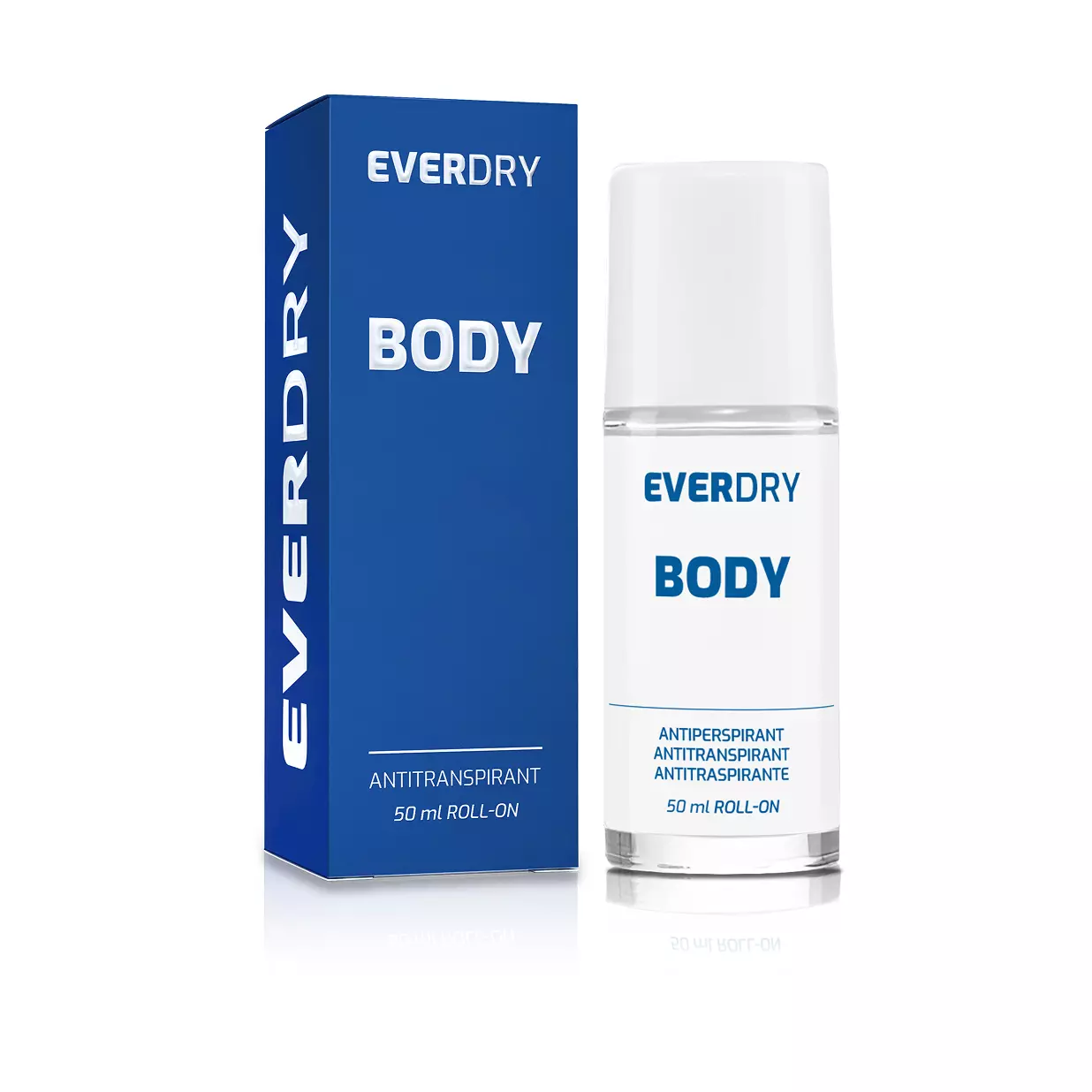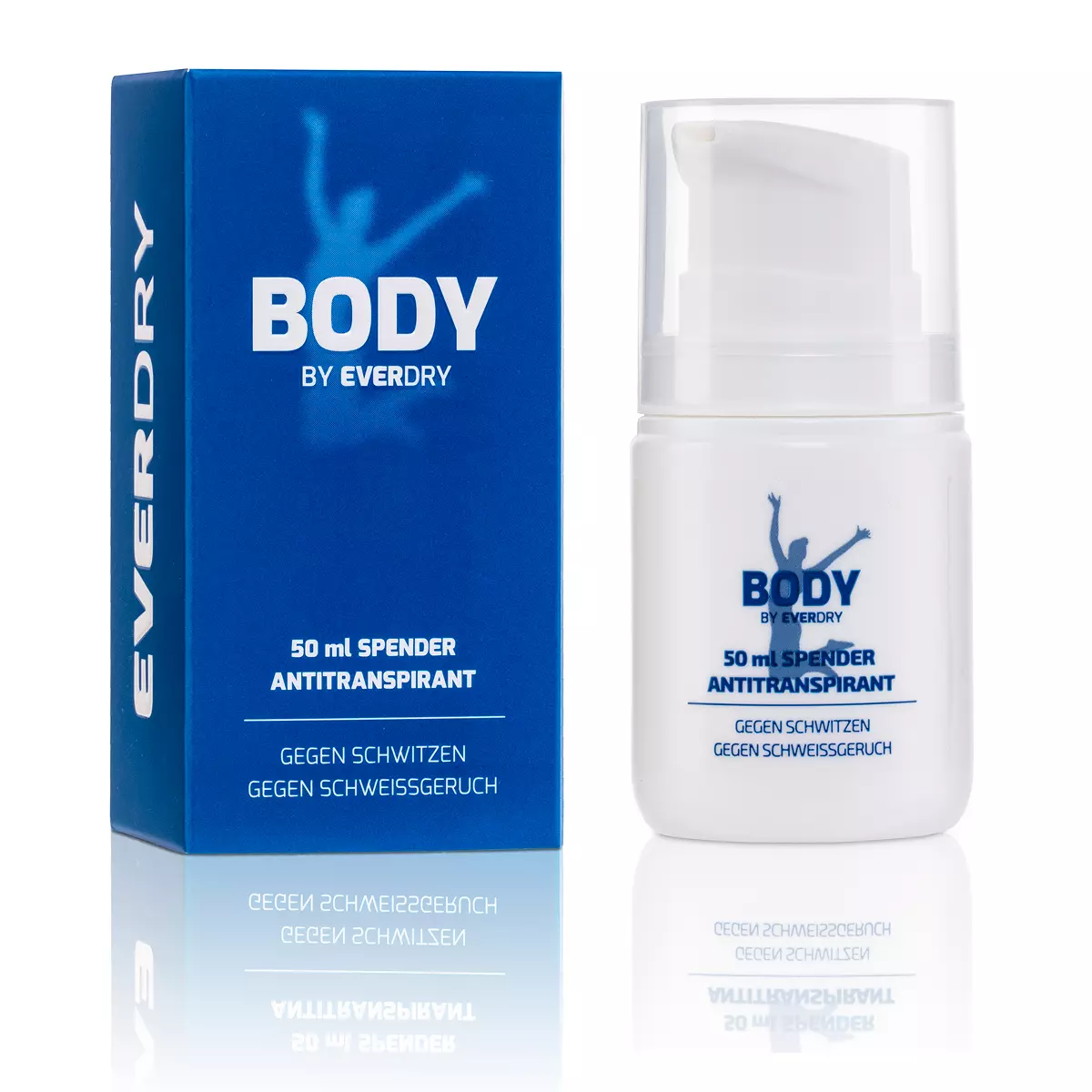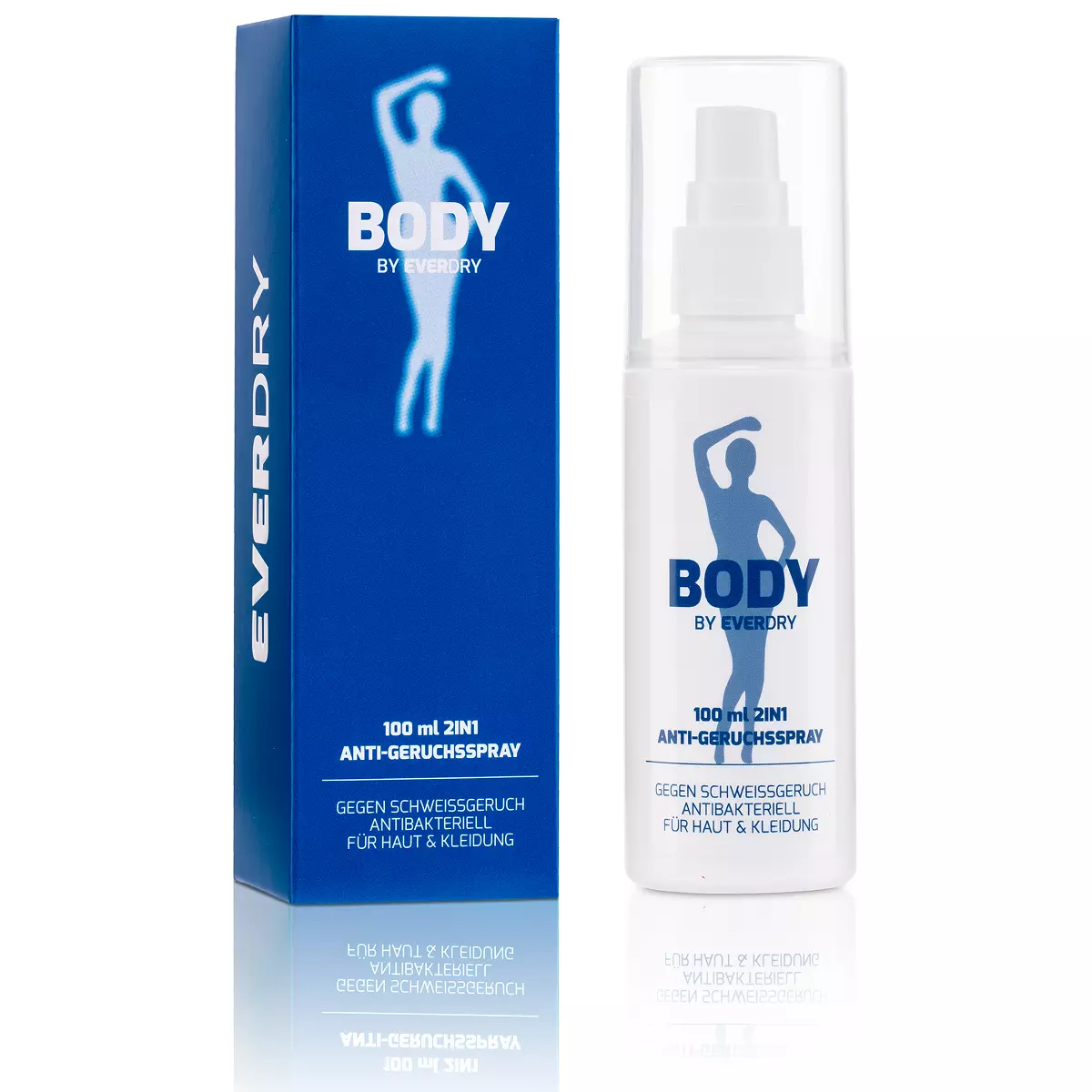- Antiperspirants
- Shirts, Socks, Pads
- Iontophoresis
- Anti-odour
- All Products
-
Guide
- Interesting facts about sweating
- Tips and tricks
-
The most common sweating triggers
- Sweating during exercise
- Carnival time without sweat
- Celebrate your wedding without sweat
- Sweating due to excess weight
- Sweat-free Easter
- Sweating in everyday life
- Sweating at work
- Sweating during menopause
- Sweating at night
- Sweating during pregnancy
- Sweating and odor in old age
- Sweating and stress
- Sweating while driving
- Sweating helps with fasting
- Sweating in spring
- Sweating in winter
- Off on holiday without sweating
- Sweating from head to toe
- PETA Certified
In a nutshell: Key takeaways
The menopause is a natural process, but it can significantly impact quality of life
This text deals with the typical hot flushes and sweats that many women experience during the menopause. It explains that these symptoms are caused by hormonal changes, particularly the drop in oestrogen levels.
Hot flushes, sudden sweating, mood swings: every woman going through the menopause, or who has already been through it, knows the feeling. It's a bit unfair that such natural things can throw us so completely off balance or even become a real burden. Especially when the sweating is just annoying or when it makes you feel so self-conscious that you withdraw.
The menopause (also known as the climacteric) is characterised by a significant hormonal shift in a woman's body. The fertile phase, which began with the first period, now comes to an end, and what's known as the menopause begins. For most women, this starts in their late 40s to early 50s.
The menopause can often be quite tiring. Hormonal changes – even when taking the pill – can really ramp up sweat production.
Up to 90% of women experience problems with uncomfortable hot flushes during the menopause. However, not every woman is affected by hot flushes with the same frequency, duration, and intensity. They can strike women going through the menopause anywhere from 3 to 20 times a day and can last for varying lengths of time. Some women can already sense an impending hot flush through a feeling of unease or increasing pressure in their head. This is followed by waves of heat that flood the upper body, neck, and face.
Hot flushes are also often accompanied by palpitations. However, in this case, it's not a sign of illness but a natural reaction of the circulatory system. Usually, the heartbeat quickly returns to normal as soon as the hot flush passes. These hot flushes can also occur at night and disrupt women's sleep. At the beginning of the menopause, hot flushes are most frequent, after which they gradually decrease. After a year or two, they usually disappear on their own.
Menopause - Memories of Puberty Come Flooding Back
Actually, puberty and the menopause aren't that far removed from each other – apart from all the years in between.
Many women going through the menopause experience almost the same symptoms again that they already know from puberty:
Your mood can suddenly darken and then brighten again. One minute you're too cold, the next you're far too hot. Your heart pounds and feels like it's leaping into your throat. You sweat for no apparent reason or physical exertion.
For many women, the most negative aspects of the menopause are primarily the hot flushes and sleep disturbances. No wonder, as these unpredictable hot flushes can literally ambush a woman up to 20 times a day.
Why Do You Often Sweat More During the Menopause?
The "heat build-up" starts in the face and then spreads in waves down the neck to the abdomen. The blood vessels dilate, blood flow increases, causing the skin to redden, you feel hot, and the sweat flows. The cooling effect resulting from sweating normalises everything again, and suddenly the hot flush turns into an unpleasant feeling of cold. The downside to this whole thing isn't just the discomfort that hot flushes and sweating bring, but also the fact that women going through the menopause can also catch colds more easily. Sweat patches on clothing, as well as a potentially unpleasant body odour, usually just add insult to injury.
The exact bodily process of how these hot flushes occur hasn't yet been definitively clarified scientifically. However, all experts agree that the hormonal changes during the menopause play a significant role. Oestrogen production decreases. This drop in oestrogen levels also causes an increased release of stress hormones like adrenaline. The change in these hormone levels affects, among other things, the body's temperature regulation.
In addition to hormones, other factors can also contribute to hot flushes and sweating. These tend to relate to lifestyle. Making changes to your lifestyle could therefore have a positive effect on the accompanying symptoms of the menopause. Examples include:
- Too much coffee, black tea & alcohol
- Overly spicy foods
- Foods and drinks that are too hot
- Being overweight
- Stress
- Too warm an environment
- Inappropriate clothing (too warm, non-breathable synthetic fabrics)
Some medications are also among the possible triggers of hot flushes. If you are taking medication and are unsure whether it could be a cause of your problems, you should discuss this with your doctor immediately.
What Can You Do About Hot Flushes During the Menopause?
At the beginning of the menopause, hot flushes and sleep disturbances occur more frequently; after one to two years, they usually disappear as suddenly as they came. If the symptoms of the menopause are affecting your quality of life, a gynaecologist can prescribe herbal remedies, physical therapies, or, in severe cases, hormone replacement therapy.
However, in many cases, effective cosmetic products for sweating during the menopause can already be a great help! These antiperspirant products narrow the sweat pores, so that sweating can be reduced back to a normal flow.
But even a few simple lifestyle changes, as well as tried and tested natural remedies, can provide relief. Here are a few suggestions:
- Do More Exercise & Enjoy Life
Sport in the fresh air and outdoors is best. Walking, cycling, or going for strolls are ideal. This stabilises the circulation and strengthens the heart & soul. And as a nice side effect, you also train your sweating behaviour while exercising. Read more about this in our guide "Sweating During Sport". - Treat Yourself to Regular Hot and Cold Contrast Baths
Regular contrast showers strengthen the circulation and train the metabolism. Please make sure that you always end with the "cold phase". Otherwise, the body will heat up too much, causing you to sweat again unintentionally. - Enjoy Coffee, Alcohol, and Cigarettes in Moderation, or Cut Them Out Altogether
Caffeine, alcohol, and nicotine can have a negative impact on oestrogen levels and thus on temperature regulation. So, if you already have problems with hot flushes, you should reduce your coffee consumption to 1-2 cups and, if possible, completely avoid alcohol and cigarettes. - A Healthy Diet is Important
Plenty of fresh fruit, whole grains, and dairy products, little meat and fat, and drinking enough fluids (at least two litres a day) should be part of your daily diet. Mineral water is the best drink. If this is too "boring" for you, we recommend unsweetened fruit teas or diluted juices in a 1:1 ratio. - Harness the Power of Nature
There are some plants and herbs that are thought to have a positive effect on menopausal symptoms. Here are a few examples:- Black Cohosh: The extracts from the root of this plant are considered phytoestrogens and act like the body's own oestrogens.
- Soy: It is known that Asian women hardly experience menopausal symptoms. Perhaps this is due to their soy-rich diet? It is thought that soy isoflavones also act like phytoestrogens.
- Red Clover: This native German plant species contains similar substances to soy and can therefore help prevent menopausal symptoms.
- Sage: Do you have problems with excessive sweating and hot flushes during the menopause? Then sage is often very helpful. Prepared as a tea or taken regularly as a ready-made preparation, it can positively regulate excessive sweating.
First published: 12.05.2011
Updated: 27.05.2025

Content: 0.05 Liter (€398.00 / 1 Liter)

Content: 0.05 Liter (€398.00 / 1 Liter)



